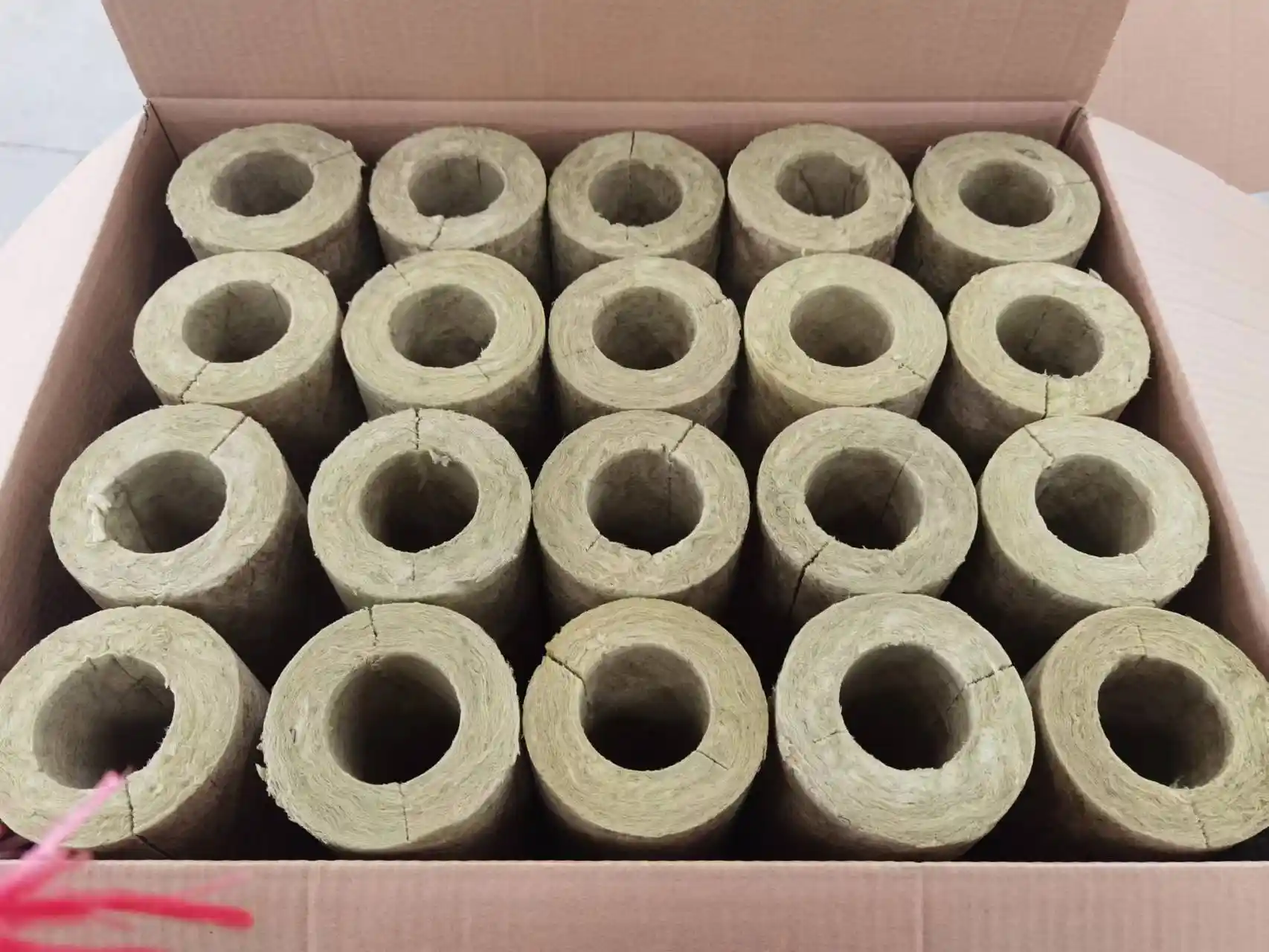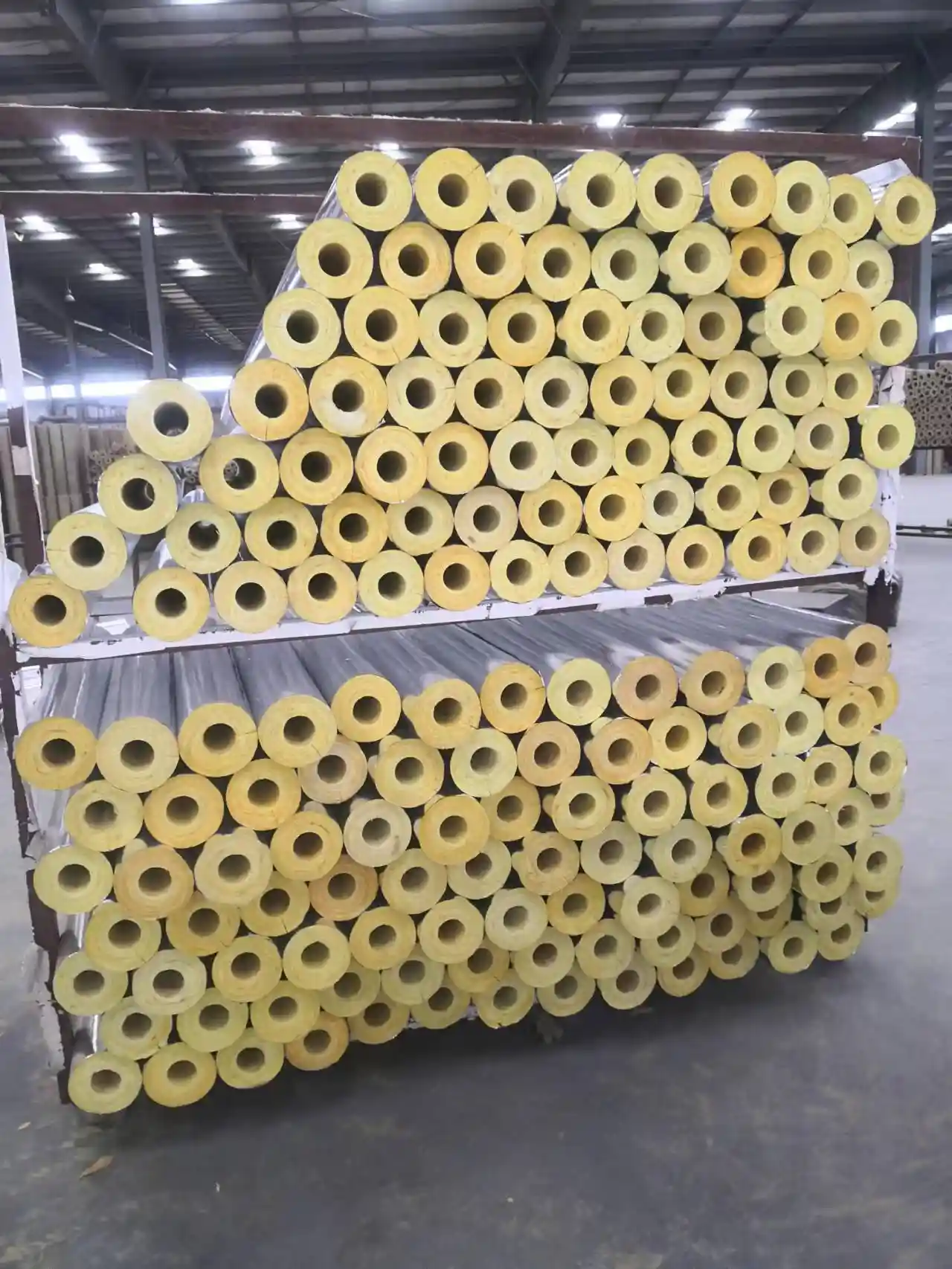Rock wool pipe insulation, a versatile thermal insulation material derived from natural basalt rock, has become indispensable across multiple industries due to its exceptional fire resistance, thermal efficiency, and acoustic performance. This article explores the diverse applications of rock wool pipe insulation, highlighting its technical advantages and real-world relevance in modern construction and industrial projects.

Rock wool pipe insulation is widely used to insulate pipelines in industries such as:
Technical specifications, such as a thermal conductivity coefficient ≤0.044 W/(m·K) and heat shrinkage temperature ≥600°C, ensure reliable performance even under extreme thermal stress.
In heating, ventilation, and air conditioning (HVAC) systems, rock wool pipe insulation:
Its hydrophobic properties (water absorption ≤5%) make it ideal for humid environments like food processing plants.
Classified as non-combustible (Grade A), rock wool pipe insulation is essential for:
Rock wool pipe insulation contributes to sustainable construction by:
Its porous fiber structure absorbs sound waves, making it suitable for:

Modified rock wool formulations withstand temperatures as low as -200°C, enabling:
Lightweight rock wool composites insulate:
| Property | Specification | Benefit |
|---|---|---|
| Thermal Conductivity | ≤0.044 W/(m·K) | Superior energy efficiency |
| Fire Rating | A1 (EN 13501-1) | Non-combustible safety |
| Hydrophobicity | ≥98% water repellence | Mold resistance in humid areas |
| Acoustic Absorption | NRC 0.85 (100mm thickness) | Effective noise reduction |
Rock wool pipe insulation aligns with global sustainability goals:
Emerging applications include:
Rock wool pipe insulation's multifunctional properties make it a material of choice for engineers and architects seeking durability, safety, and energy efficiency. From industrial pipelines to sustainable buildings, its applications continue to evolve, driven by technological innovation and stringent environmental regulations.